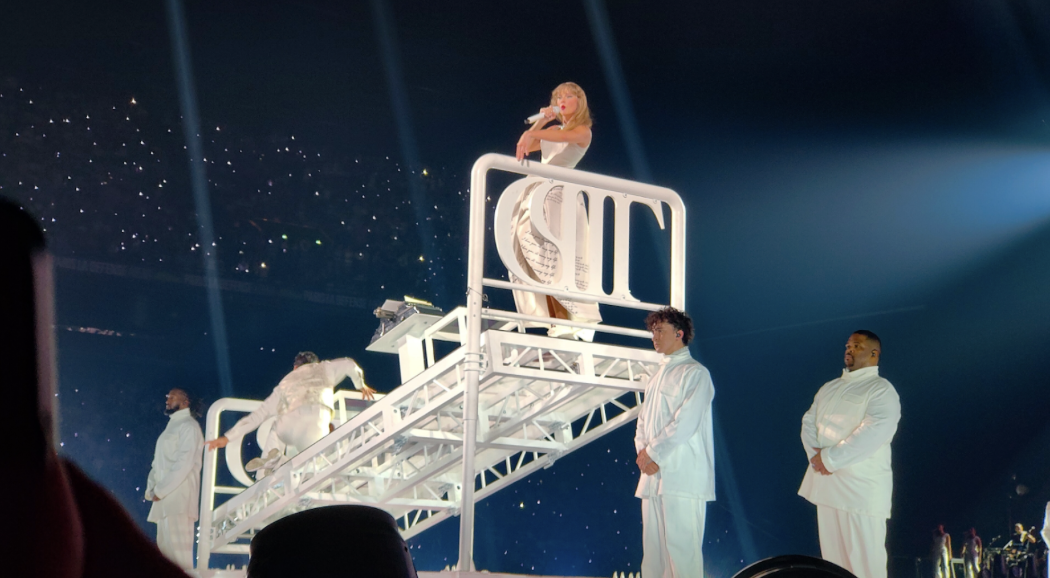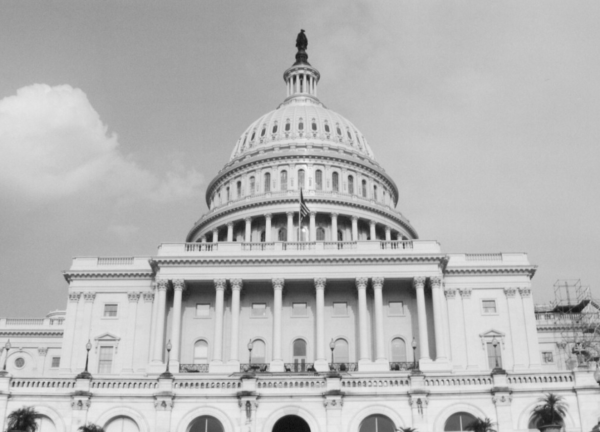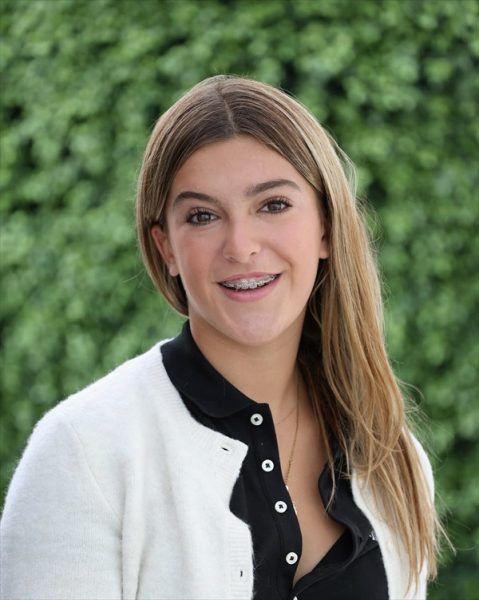It’s getting hot in here
Historic California drought possess threat to community
October 5, 2021
From floods in New York to hurricanes in Louisiana and Mississippi, the effects of Climate Change are becoming increasingly more drastic. In California, higher temperatures and wildfires coincide with a historic drought.
“Sadly, we don’t control the weather so we can’t easily prevent drought,” Environmental Systems and Societies teacher Allison Lovejoy said. “We can be mindful of our water usage and do our individual part to reduce greenhouse gas emissions to lower the warming of the atmosphere.”
This is the third driest year in the last 100 years of California history. With low precipitation levels throughout the state, reservoirs are dwindling which poses a direct threat to the Bay Area’s water security.
“The bulk of our water which is about 85% comes from the Hetch Hetchy reservoir in Yosemite,” Will Reisman, Press Secretary for the San Francisco Public Utilities Commission, said. “We also have local reservoirs in San Mateo County and Alameda County that we get about 15% of our water supply from.”
To deal with low levels of water, many towns and cities have begun imposing a mandatory ration where households are only allotted a certain number of gallons. While residents are not allowed to wash driveways or sidewalks and restaurants are not allowed to serve water unless asked by the customer, San Francisco has not implemented a mandatory ration yet.
“Since we have limited water, I take shorter showers and use old water for plants instead of just pouring it out,” freshman Kaiya Koenigsberg said. “During this time of not fully rationing, I’m just trying to stay conscious of my water intake and spreading the word to my friends and parents.”
Whether or not the city implements a mandatory ration will depend on the amount of precipitation this winter, according to Reisman.
“If there’s going to be any mandatory rationing, it would be with irrigation first,” Reisman said. “Then, if things get really drastic, we may consider mandatory restrictions for residential, but a lot of it depends on how much rain we get this winter.”
On average, San Franciscans use about 43 gallons of water per person every day which is half the state average. This is mostly due to the fact that most residents don’t have lawns; however, residents can decrease their consumption by being cautious of how much water they use.
“My family and I have been especially more conscious of our water use, which has made us appreciate it more,” Koenigsberg said. “While it might be hard to take shorter showers, it would definitely help people reduce their water usage.
The drought has effects beyond the home as well. Dried out vegetation is more flammable and when combined with the dry, hot weather, the probability of large-scale fires increases. As fires rage through forests, more carbon dioxide is released into the atmosphere which further exacerbates climate change, thus altering weather patterns and worse drought conditions, according to Lovejoy.
“The fires are a result of dry conditions because there was not the needed amount of snowpack the past couple winters so the forests are drying out,” Lovejoy said. “If trees become too dry they become more flammable.
In response to the growing concerns, Gov. Gavin Newsom and the San Francisco Public Utilities Commission set a objective to reduce water usage in California by 15%. Since July when this project was first enacted, San Francisco water usage has gone down by eight percent, according to Reisman.
The San Francisco Public Utilities Commission is also working on campaigns to educate people on ways to save water. For students, there are a number of simple household changes that can reduce water usage.
“To be mindful of water usage, students can avoid letting the water run while you brush your teeth, washing clothes in larger loads, which also saves electricity and laundry soap,” Lovejoy said. “They can encourage their families to make sure the dishwasher is full when running it, limit watering of gardens to the evening when it is cooler and evaporation is lower.”










